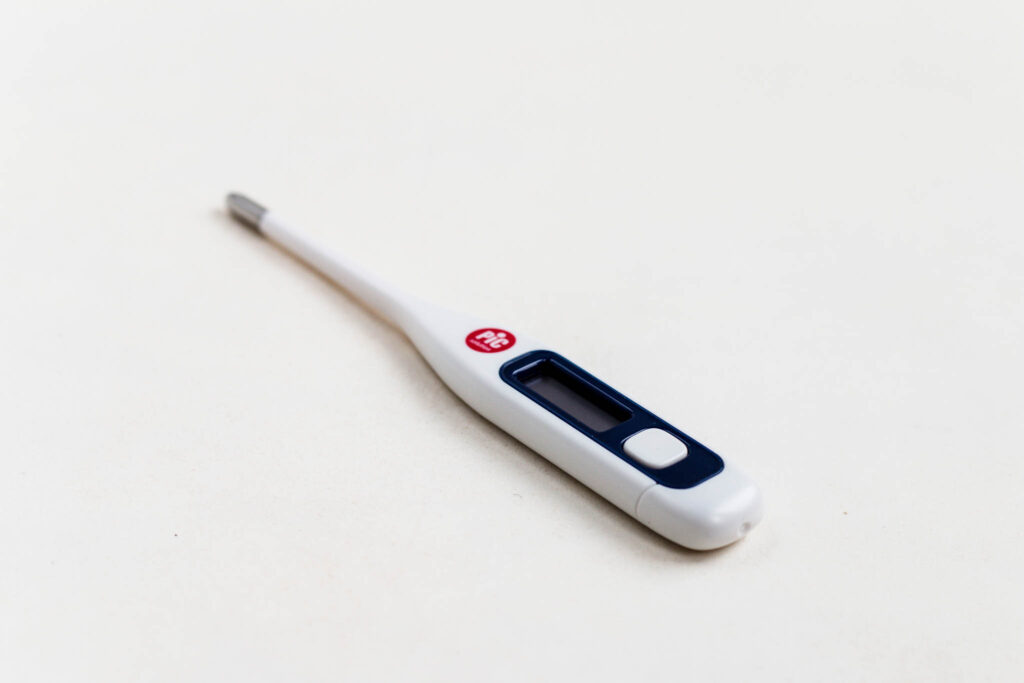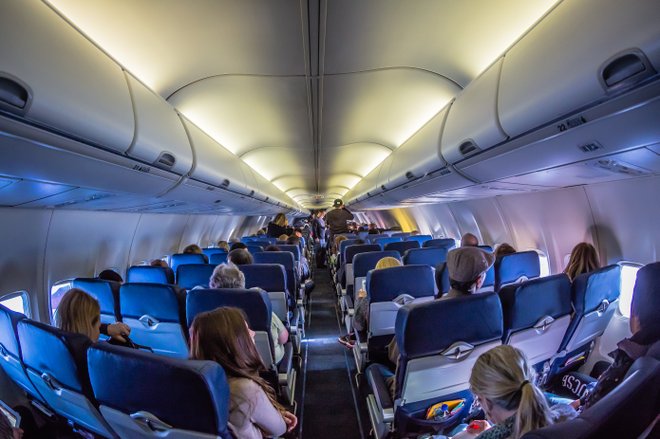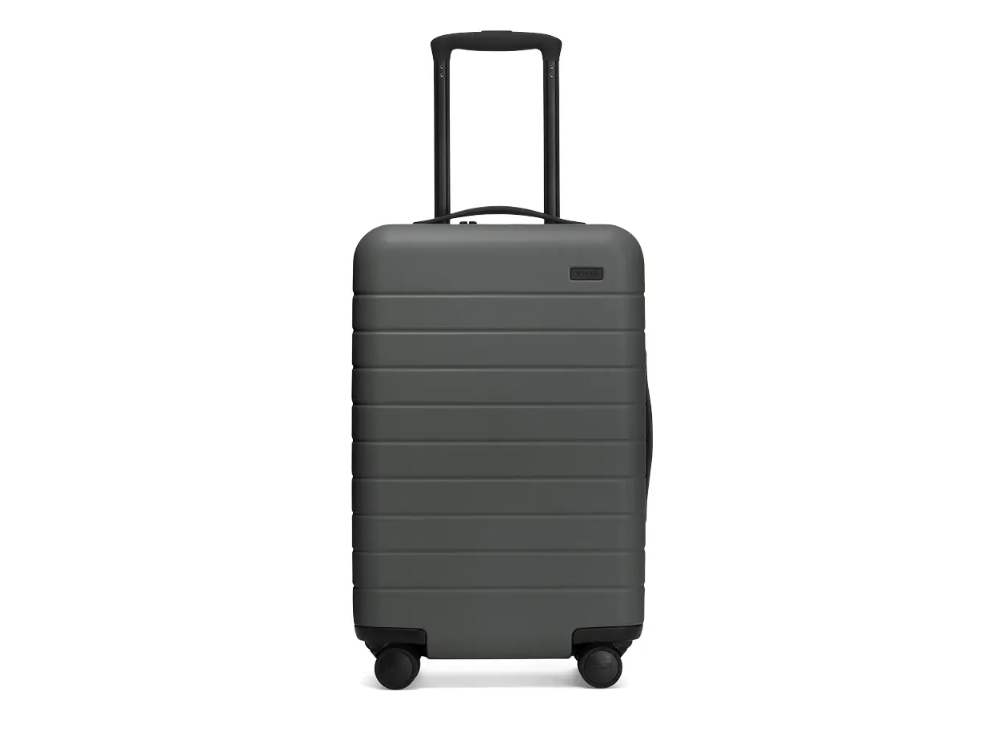Traveling with a cold or allergies can be the worst. Not only do you feel uncomfortable, but you get glaring looks every time you cough. Well, it turns out those might just be a few tell-tale signs of why you shouldn't be flying at all.
"The fact of the matter is that when one is suffering from a cold, the flu, or allergies, their immune system is already quite weak," Dr. Marina Gafanovich, of Travel Clinic NYC, tells Oyster.com. Dr. Purvi Parikh, M.D., an allergist and immunologist with Allergy & Asthma Network, agrees saying, "You should not fly if you have a high fever over 100.4, cough, severe nasal congestion, shortness of breath, or wheezing."

Photo courtesy of Flickr/Marco Verch Professional Photographer and Speaker
First off, there’s a chance your sore throat could turn into a case of tonsillitis. “A specific allergen at your travel destination could trigger a severe allergy attack,” notes Gafanovich. “That’s why it’s absolutely recommended that you don’t travel if you have high fever or severe sore throat. For some, the change in air pressure can also cause changes in the middle of the ear, leading to vertigo and/or tinnitus. You don’t want to risk an in-flight medical emergency nor do you want to go from the airport straight to a hospital.”
You may even spread the illness to others on board — a hotly debated topic over the years. A 2011 article in “The Wall Street Journal” referenced a study that found your increased risk of catching a cold on a plane is as high as 20 percent, while the “Journal of Environmental Health Research” found that colds could be more than 100 times more likely to be transmitted on a plane.

But there are some caveats to these studies based on your location within the airplane. According to a Centers for Disease Control and Prevention (CDC) study, if there was someone on board a plane with tuberculosis, he or she would only be a threat to the people within two rows. Other scientists say that the aisle seat is the riskiest because passengers use them as braces while walking to bathroom.
In 2008, a tour group came down with norovirus during a flight from Boston to Los Angeles and it spread like wildfire. The CDC later found it was those sitting on the aisle seats that were affected the most because they were closest to the sick passengers.
Similarly, another small study of passengers infected with H1N1 influenza during the 2009 swine flu outbreak found that the transmission risk was increased by 7.7 percent for passengers sitting in the same row or within two rows of those infected.
There’s also this idea about air recirculation on the plane. While one may think breathing in air that’s circulated around an entire plane, complete with sick people, would lead to an increased chance of getting sick, it’s actually the opposite. High-efficiency particulate air (HEPA) filters remove a minimum of 99.97 percent of any airborne particulates, bacteria, and viruses. Plus, new air from the outside is constantly being mixed in and refreshed about 20 times per hour. To put things in perspective, your office air filter is refreshed about half that amount.
Using a face mask will also help lower your chances of getting sick. The CDC says that N95 face masks filter out 95 percent of particles and have been up to 90 percent effective in preventing infections.

Photo courtesy of Flickr/Quinn Dombrowski
While it’s still up for debate whether you’re more likely to get sick while traveling, there are some precautions experts recommend you take if you have to get on a plane with a cold.
“If you absolutely must travel, you need to know what allergens and irritants are common where you’re traveling,” says Dr. Gafanovich. “Also, you need to take all of your medications.”
Other practical tips for traveling when sick:
- Get some extra sleep the night before you have to travel.
- If you’re congested, find temporary relief by taking a hot bath or shower. Steam and saunas also help. Taking a decongestant before traveling can provide symptom relief.
- If you have a sore throat, try gargling with salt water.
- Avoid long lines at the airport or train station.
- Keep hand sanitizer with you and use it frequently to avoid germs.
- Keep yourself hydrated with plenty of water and tea.
- Avoid junk food and sugary items.
Traveling? Consider the Carry-On from Away
With 360 degree spinning wheels, a TSA-approved lock, and a hard exterior shell, the Away’s carry-on bag will be the last you’ll ever have to purchase.
Related Stories:
- 5 Ways to Avoid Getting Sick During Holiday Travel
- 8 Ways You’re Being Super Unhealthy on Vacation (That You Don’t Even Realize)
- 7 U.S. Cities Where It’s Easy to Be Healthy on Vacation
All products are independently selected by our writers and editors. If you buy something through our links, Oyster may earn an affiliate commission.




